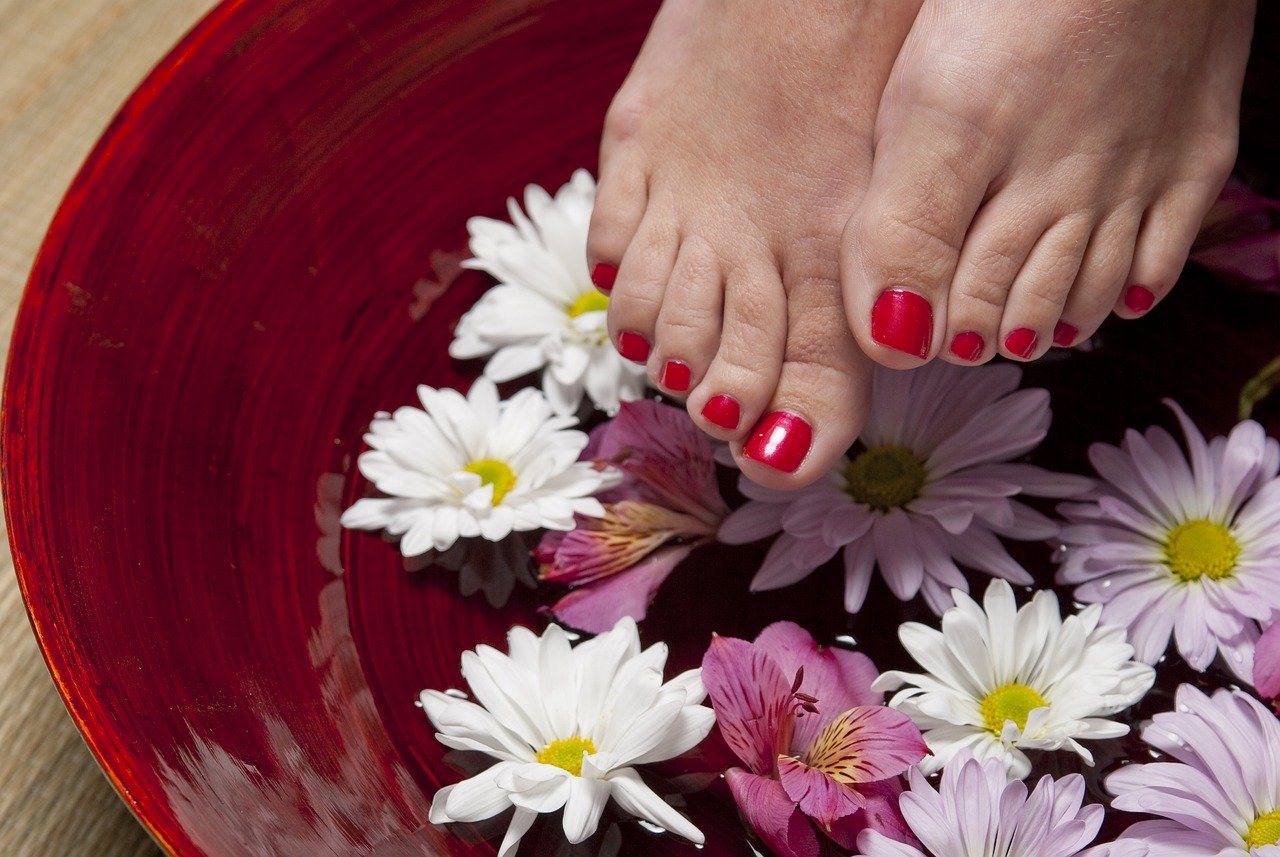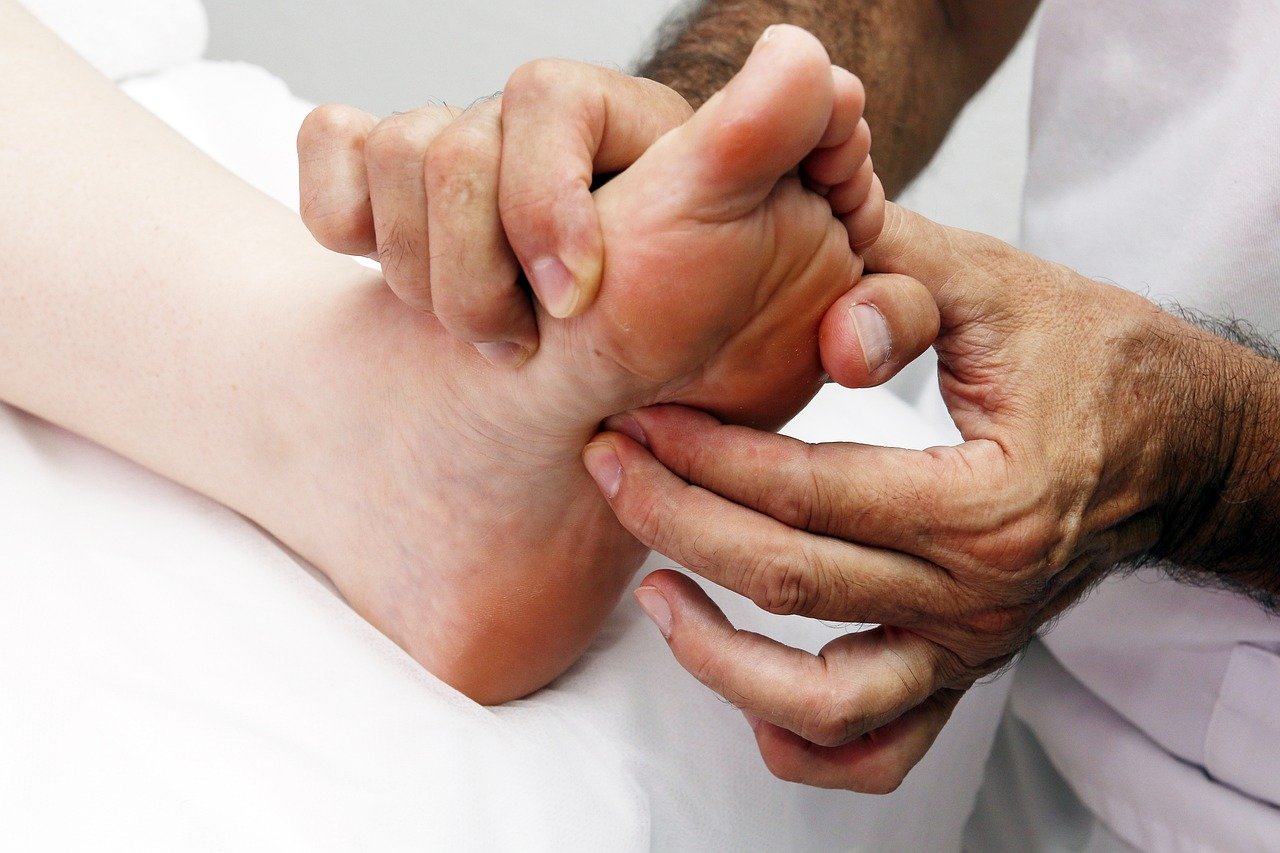Are Bunions Genetic?
Bunions, known technically as hallux valgus, are bony lumps at the base of the big toe. They're caused by pressure on the joint that slowly deviates towards the second toe. This deviation leads to a bony protrusion. Today, we talk about the bunions in-depth, and ask “are bunions genetic?”
Unless treated, bunions can continue to worsen over time. In daily life, the big toe joint carries significant weight and pressure, meaning activities like standing and walking cause pain, stiffness, redness, and swelling. Calluses can also occur where the second toe and big toe rub together.
The underlying causes of bunions are somewhat unclear. While many people blame ill-fitting shoes for bunions, some doctors and researchers have suggested a genetic contribution. We're answering if bunions are genetic below.
Are bunions genetic?
The answer is still unclear. There's no such thing as a "bunion gene" that causes foot deformity. However, many experts argue that underlying anatomy and genetic traits may predispose individuals to develop bunions. They'll still need to wear tight-fitting shoes or high heels, though.
The reason behind this so-called genetic component is that many individuals affected by bunions also have multiple family members who are also affected. Indeed, the risk of developing bunions is greater in first-degree relatives (such as siblings or children) compared to the general public.
Hypermobility is a condition widely associated with bunion formation. Individuals with this condition have ligaments that are looser than normal. Given this, their toes are more prone to deviation when wearing tight shoes, as the ligament cannot firmly hold the metatarsal (toe bone) in place.
Other foot conditions that predispose people to bunions include rheumatoid arthritis – which also has a genetic component – and a tight Achilles tendon. None of these conditions necessarily involve tight-fitting shoes. However, they do seem to predispose people to bunion formation.
Last, an individual's foot anatomy may increase the risk of bunions. Everyone has a different natural foot shape – inherited, in part, from their parents. Some feet may be shaped so that the stress placed on the foot makes bunion formation more common. Further research is needed to confirm this theory, however.
Other potential causes of bunions
Genetics aren't the only predisposing factor to bunion formation. We've already mentioned that conditions like rheumatoid arthritis are risk factors. Osteoarthritis and flat feet also increase the risk of their occurrence, as well as rare genetic syndromes that affect bone development, such as Chitayat syndrome and fibrodysplasia ossificans progressiva.
Bunions have long been associated with ill-fitting shoes. Squeezing the toes was thought to have forced a deviation of the big toe. High heels, a shoe with a narrow toe box, and tight shoes were all implicated in the theory.
Recent evidence is casting doubt on this idea, however. Research indicates that poorly fitting shoes do not cause bunions but may cause them to develop earlier or worsen more quickly. An underlying genetic susceptibility is required for such a process to begin.
Treating bunions
If you've started developing bunions or you've got a close family member who has bunions, it's critical to take action early. Here are some top tips to prevent bunions from worsening:
Wear loose-fitting shoes. People at risk from bunions should wear comfortable, loose-fitting shoes. Trainers are the best type of shoe to wear. However, any wide-toe flat shoe will be better than either high heels or pointed-toe shoes.
Foot exercises. Strengthening the foot will decrease the chance of bunion progression. You want to find exercises targeting your calf muscles, particularly the peroneus longus, as this attaches directly to your big toe. These strengthening exercises can also relieve pain, increase flexibility, and support your overall foot.
Use orthotics. The most common form of orthotic is a shoe orthotic. These are inserted into the shoe to improve comfort, alignment, and arch support. They can even correct or improve your foot mechanics, decreasing the risk of bunion progression. Speak to your podiatrist about custom orthotics.
Splints and spacers. Splints will hold your toe straight overnight, preventing it from stiffening in the misaligned position. It'll also slow bunion formation. However, once you remove the split, the toe will return to its original position. Toe spacers, meanwhile, alleviate pressure on the toes – a major cause of calluses.
Final thoughts
While many people assume ill-fitting shoes solely cause bunions, the evidence increasingly suggests this is not the case. Rather, a combination of poor-fitting shoes, underlying disease, inherited foot anatomy, and foot mechanics work together to contribute to and cause bunions.
In individuals susceptible to bunions, wearing loose-fitting shoes is advised. You may also want to speak to a podiatrist about your options – particularly if you noticed the early signs of bunion formation.



